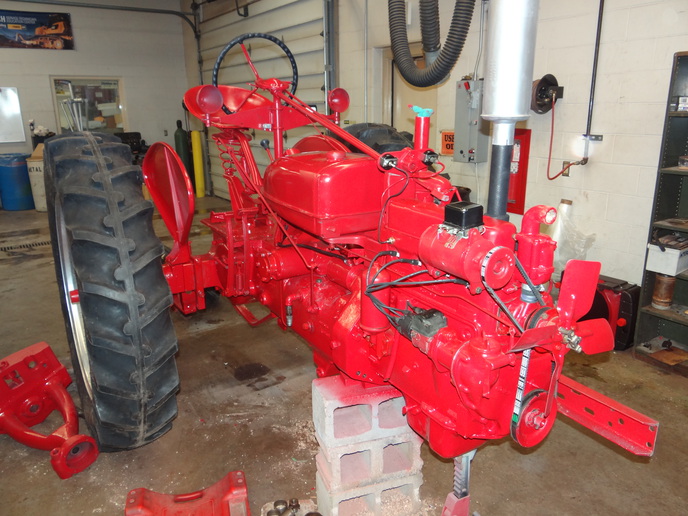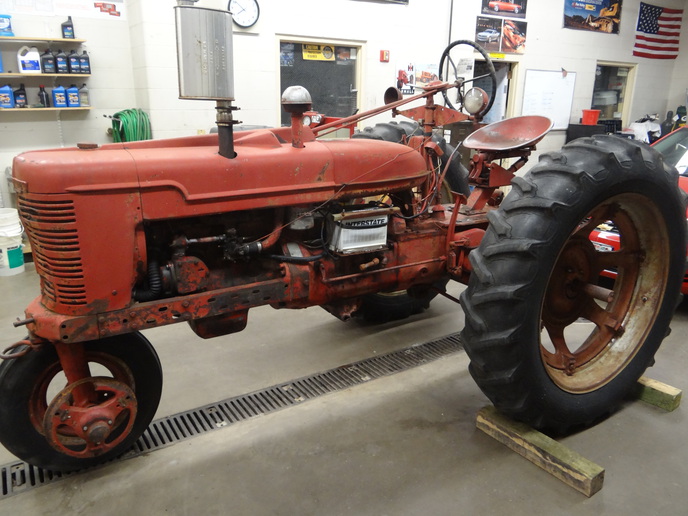This is my first time working on an H and I am in the final stages of putting it back together. First, how much hydraulic fluid does the lift-all take? I can't find the amount in any of my manuals. Second, I replaced the brake bands and one feels good and the other real loose. I tightened the bolt on the bottom of the brake cover and it didn't seem to help. Any suggestions on how to tighten the band up? It would be the right brake. One last thing I just thought of. When I tightend the fan back on, it seems real tight. Is it supposed to be that tight? It doesn't spin freely is what I am trying to say. Again thanks for any help and attached is a picture of how far along the resotration is.




